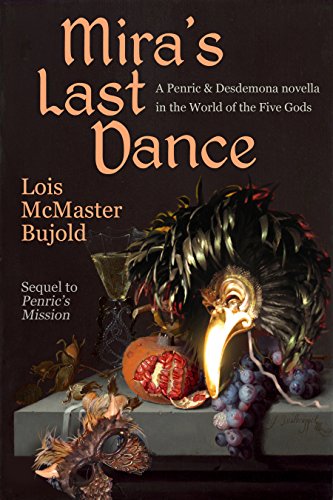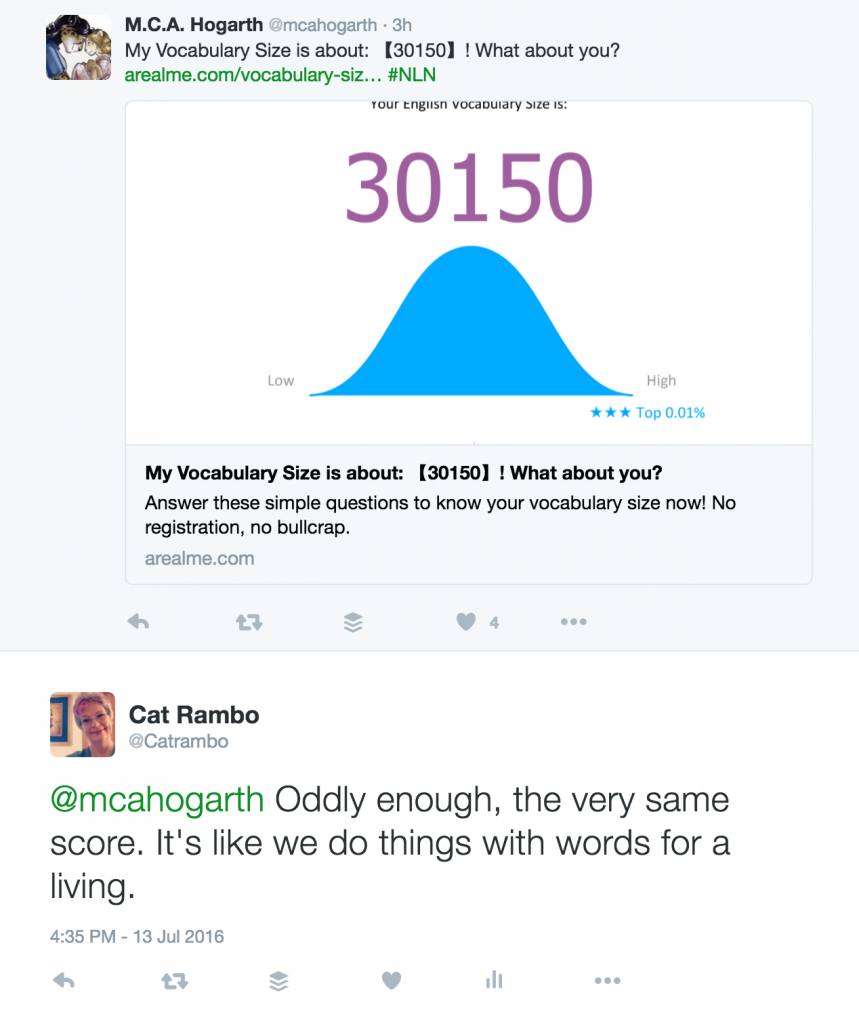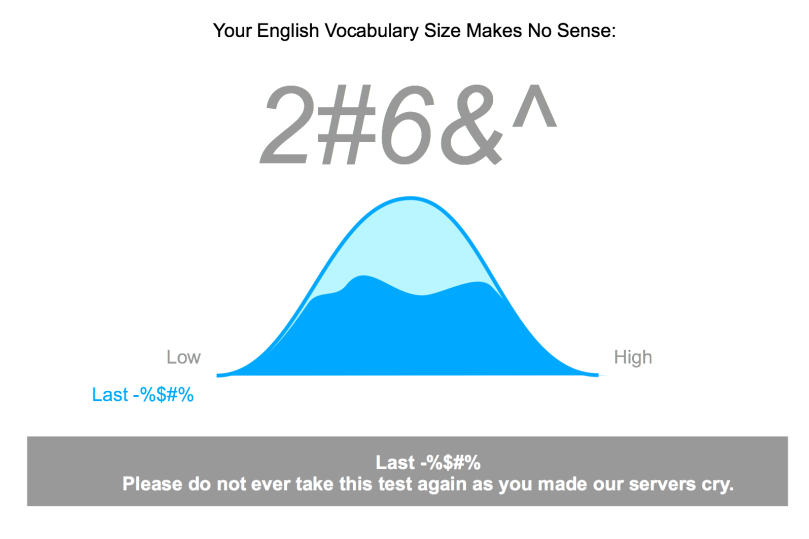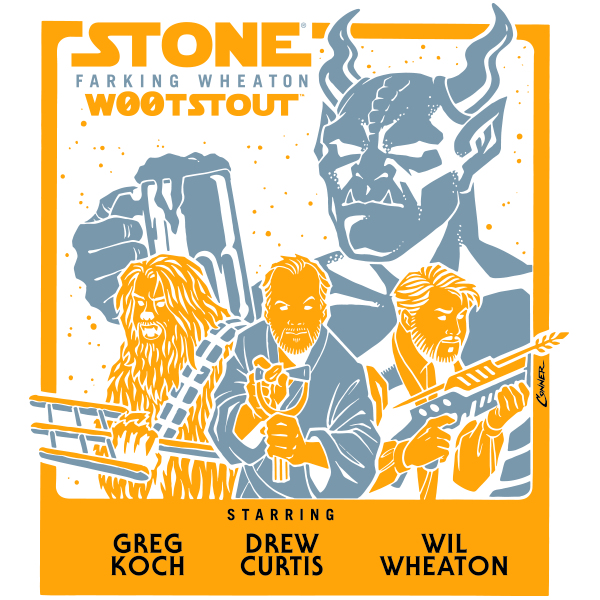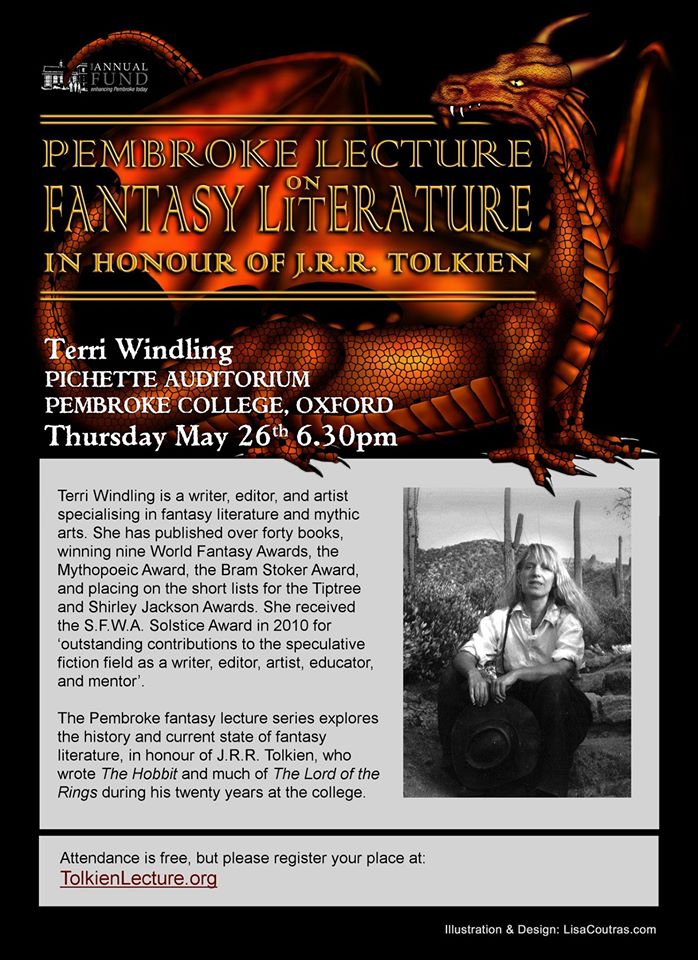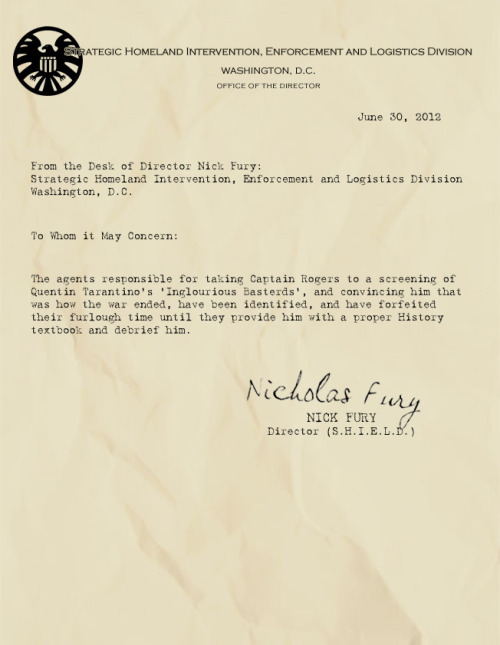(1) MARKET FOR DIVERSITY? ICv2’s interview with Marvel’s VP of Sales David Gabriel spawned a controversial discussion about retailer or customer resistance to female characters (As you can see from the following excerpt, Gabriel has subsequently tried to walk back some of his comments.)
Part of it, but I think also it seemed like tastes changed, because stuff you had been doing in the past wasn’t working the same way. Did you perceive that or are we misreading that?
No, I think so. I don’t know if those customers with the tastes that had been around for three years really supporting nearly anything that we would try, anything that we would attempt, any of the new characters we brought up, either they weren’t shopping in that time period, or maybe like you said their tastes have changed. There was definitely a sort of nose-turning at the things that we had been doing successfully for the past three years, no longer viable. We saw that, and that’s what we had to react to. Yes, it’s all of that.
Now the million-dollar question. Why did those tastes change?
I don’t know if that’s a question for me. I think that’s a better question for retailers who are seeing all publishers. What we heard was that people didn’t want any more diversity. They didn’t want female characters out there. That’s what we heard, whether we believe that or not. I don’t know that that’s really true, but that’s what we saw in sales. We saw the sales of any character that was diverse, any character that was new, our female characters, anything that was not a core Marvel character, people were turning their nose up against. That was difficult for us because we had a lot of fresh, new, exciting ideas that we were trying to get out and nothing new really worked.
[Note: Marvel’s David Gabriel reached out to correct the statement above: “Discussed candidly by some of the retailers at the summit, we heard that some were not happy with the false abandonment of the core Marvel heroes and, contrary to what some said about characters “not working,” the sticking factor and popularity for a majority of these new titles and characters like Squirrel Girl, Ms. Marvel, The Mighty Thor, Spider-Gwen, Miles Morales, and Moon Girl, continue to prove that our fans and retailers ARE excited about these new heroes. And let me be clear, our new heroes are not going anywhere! We are proud and excited to keep introducing unique characters that reflect new voices and new experiences into the Marvel Universe and pair them with our iconic heroes.
“We have also been hearing from stores that welcome and champion our new characters and titles and want more! They’ve invigorated their own customer base and helped them grow their stores because of it. So we’re getting both sides of the story and the only upcoming change we’re making is to ensure we don’t lose focus of our core heroes.”]
(2) RISE OF YA COMICS. Discussion about the Gabriel interview led Ms. Marvel writer G. Willow Wilson to do a wide-ranging commentary on the contemporary comics market, “So About That Whole Thing”. This excerpt is the last half:
STUFF THAT IS ENTIRELY AVOIDABLE:
- This is a personal opinion, but IMO launching a legacy character by killing off or humiliating the original character sets the legacy character up for failure. Who wants a legacy if the legacy is shitty?
- Diversity as a form of performative guilt doesn’t work. Let’s scrap the word diversity entirely and replace it with authenticity and realism. This is not a new world. This is *the world.*
- Never try to be the next whoever. Be the first and only you. People smell BS a mile away.
- The direct market and the book market have diverged. Never the twain shall meet. We need to accept this and move on, and market accordingly.
- Not for nothing, but there is a direct correlation between the quote unquote “diverse” Big 2 properties that have done well (Luke Cage, Black Panther, Ms Marvel, Batgirl) and properties that have A STRONG SENSE OF PLACE. It’s not “diversity” that draws those elusive untapped audiences, it’s *particularity.* This is a vital distinction nobody seems to make. This goes back to authenticity and realism.
AND FINALLY
On a practical level, this is not really a story about “diversity” at all. It’s a story about the rise of YA comics. If you look at it that way, the things that sell and don’t sell (AND THE MARKETS THEY SELL IN VS THE MARKETS THEY DON’T SELL IN) start to make a different kind of sense.
(3) BOMB HATCHES. Variety’s weekend box office report says “’Boss Baby’ Tops ‘Beauty and the Beast,’ ‘Ghost in the Shell’ Bombs”.
The animated comedy bottled up a leading $49 million from 3,773 locations, edging out Disney’s “Beauty and the Beast,” a box office juggernaut that’s dominated the multiplexes since debuting three weeks ago. “Beauty and the Beast” added another $48 million to its mammoth $395.5 million domestic haul. The weekend’s other new release, Paramount’s “Ghost in the Shell,” bombed, taking in a demoralizing $19 million.
(4) GOFUNDME SIGNAL BOOST. “The 17-year-old son of a woman in my writing group has been diagnosed with an osteosarcoma in his right shoulder,” writes Nick Tchan, a Writers of the Future winner and Aurealis nominated author. “It’s an aggressive and rare form of bone cancer. At the very least, he’s going to have an extensive regime of chemotheraphy and a bone replaced in his right arm.
“Both he and his single mother are keen speculative fiction fans and writers. I’m putting together a GoFundMe to help pay for the time she’ll have to take off work as well as the other costs that tend to accumulate. Any funds left over from cost-of-living and treatment expenses I’m hoping to put towards something like Dragon Dictate so that he can write even if they have to amputate his arm.”
The GoFundMe link is — “LachlanB’s Recovery Fund”
We are the friends of Lachlan, a 17 year old Australian student and aspiring speculative fiction writer who has been struck by cancer. Lachlan is a compassionate, creative, bright young man who embraces life to the fullest. A few weeks ago, he was enjoying his first week of university, planning a 3rd anniversary surprise for his girlfriend Sarah, organising his Dungeons and Dragons mates for their bi-monthly weekend session, and starting edits on the first draft of his YA fantasy novel. Cancer has interrupted his short and long-term plans. His first two weeks of university were spent undergoing a series of medical tests and consultations. Fifteen minutes into his 3rd anniversary date, he became unwell and had to go to Emergency. He has now been diagnosed with osteosarcoma (an aggressive, painful bone cancer), and been forced to defer his university studies in order to receive the treatment he urgently needs.
The fundraiser has incentives, such as books from Grimdark magazine or John Joseph Adams’ Seeds of Change anthology, as well as print editions of Alliterate magazine.
(5) A CONVIVIAL EPISODE. Scott Edelman interviews Sunny Moraine at Washington DC’s Convivial restaurant in Episode 33 of his Eating the Fantastic podcast.
We discussed the best writing advice she’s heard, how being named the most promising author of 2013 messed with her mind, her favorite Ray Bradbury story (which is one of her all-time favorite stories period), why she writes Walking Dead fan fiction, the contradictions of writing a breakout book, how she decided her trilogies were meant to be trilogies, and more. (She refused, however, to tell me for whom the bell actually tolls or why birds suddenly appear every time you’re near.) Plus—I reveal how Tim Burton prevented me from eating a perfect sticky toffee pudding!
Edelman recently launched a Patreon in the hope that he’ll someday be able to afford to do episodes more frequently. He says, “Biweekly will never be enough to capture all the amazing creators out there!”
(6) PLEASE SAY THAT AGAIN. Astronomers have discovered three more Fast Radio Bursts:
FRBs have baffled scientists ever since the first one was discovered in archived data in 2007. The longstanding mystery of their origin, which is further compounded by the fact that only about two dozen such events have ever been detected, has spawned a plethora of scientific (and some that sound not so scientific) theories, including the occasional speculation that aliens are responsible for them.
For some reason, FRBs never seem to repeat, and, as a result, most theories about the origin of these mysterious pulses involve invoking cataclysmic incidents that destroy their source, for instance, a star exploding in a supernova, or a neutron star collapsing into a black hole.
This changed in 2012 when the first and only known repeating burst, named FRB 121102, was discovered by scientists at the Arecibo Observatory in Puerto Rico. And, in January, over four years and several recurring bursts of this FRB later, astronomers were able to directly trace the mysterious burst to its point of origin, a dwarf galaxy 3 billion light-years from Earth.
So far, this is the only FRB whose source has been pinpointed — although even that hasn’t brought scientists any closer to understanding what birthed it.
(7) HOLLYWOOD ACCOUNTING. In a BBC video, Disney animators explain why characters have only three fingers.
Chip Hitchcock adds, “The answer’s obvious but there are some interesting bits about drawing animation scattered through the clip.”
(8) SINGLE-CELL. If E.T. phones anyone, Neil deGrasse Tyson doubts the call will be for him: “The Future of Science: What Astrophysicist Neil deGrasse Tyson Thinks About Aliens, Elon Musk and Traveling”
Neil deGrasse Tyson has no plans to meet advanced life on Earth or other planets anytime soon. The famous astrophysicist told fans this weekend he won’t be traveling to Mars via private space exploration and he doubts humans will make contact with complex organisms—that is, alien life— within his lifetime.
Tyson’s remarks came up during an “Ask Me Anything” session on Reddit Sunday where he promised to divulge his views on “life, the universe and everything.” Asked by one commentator whether “we will ever make contact with complex organisms within the next 50yrs?”, Tyson was not encouraging.
“I think they (we) might all be too far away from one another in space and possibly time. By complex, I’m presuming you mean life other than single-celled organisms. Life with legs, arms, thoughts, etc. It’s all about our capacity to travel interstellar distances. And that’s surely not happening in the next 50 years. Not the rate things are going today,” he wrote back.
(9) BACK TO THE FUTURE. Making the rounds of film festivals, Fight for Space recalls, “In the 1960s and 70s, the Space Race inspired a generation to pursue careers in science and technology, and then it all ended. Fight for Space looks at why.”
“FIGHT FOR SPACE” is a documentary film that asks, why haven’t we gone back to the Moon, or sent humans to Mars? Weren’t we supposed to be there in the 80s? What lead to the decline of NASA’s budget and why is it stuck in low earth orbit?
Filmed over the course of 4 years, Fight for Space is the product of thousands of Kickstarter supporters who believed that the exploration of space is worth fighting for. Over 60 interviews were conducted with astronauts, politicians, educators, historians, scientists, former NASA officials, commercial space entrepreneurs, and many other experts in the space community. It is a film like no other that tackles issues no other documentary has touched, featuring newly restored 35mm and 16mm footage from the National Archives NASA collection.
(10) APRIL 1 LEFTOVERS. Never realized that you’d need firmer biceps when your jetpack finally arrives. “Real-life ‘Iron Man’ flying suit built by British inventor” says a British Marine has invented and flown a turbine powered suit.
A British inventor has built his very own jet-propelled ‘Iron Man’ suit, which he says can carry him at several hundred miles per hour, thousands of feet in the air.
The suit, designed by entrepreneur Richard Browning, allows the pilot to vertically take off and fly using the human body to control flight. Browning has recently founded Gravity, a technology start-up, which has filed patents for the human propulsion technology that could re-imagine manned flight.
(11) LAST TO KNOW. Dave Freer tells a painful story about the announced mass market paperback edition that never happened.
I want to start by apologizing to readers here: at the end of February I said here that CHANGELING’S ISLAND was now available in mass market paperback, and provided a link. Some 96 people clicked through that, and I assume some of those good folk ordered the book. If you were one of them: I must ask you please to check your credit cards.
If you have been charged for it: you have been the victim of a fraud in which I had no part other than advertising my book in good faith. I was sent the proofs of the mmpb on the 9th of December and returned them – giving up a rather lucrative little casual job to do my bit, to have them back in time. Baen advertised the book on its website, Amazon listed it on its website. As this near non-effort appears to be the only form of publicity I actually get, I did my best, and kind folk on Facebook gave me nearly 200 likes and over 40 shares. I had some shares on Twitter, and the release of the mmpb was up on Instapundit, as well as on several other blogs besides this.
Prior experience – TOM — says this could produce around two thousand sales. I’m a minor author, and I’m very grateful for that support, be it ten or ten thousand. There’s always a few new people, and reaching new readers is vital. Mass Market Paperbacks are great as tryouts, as they’re quite cheap, and given that CHANGELING’S ISLAND seems to have been a hit with readers across a broad spectrum, I hoped I’d get more readers.
Unfortunately… the mass market paperback of the book does NOT exist. It was cancelled back in early fall of last year. That, of course is their decision, which they’re perfectly entitled to make. However, they didn’t tell me – or, it seems anyone else. The formatting, the proofs, the listing on Baen.com still went ahead. Simon and Schuster, who distribute for Baen, put the book up on Amazon – and presumably other venues. Well, possibly….
(12) WRIGHT ON RELIGION IN SFF. Angelo Stagnaro interviews John C. Wright for the National Catholic Register. The views will be familiar to readers of his blog.
- What do you think is the place of such elements in science fiction?
Hmm. Good question. Science fiction is by and large based on a naturalistic view of the universe. When penning adventures about space princesses being rescued from space pirates by space marines, religion does not come up, except as local background and local color, in which case, the role of religion is to provide the radioactive altar to the Snake God of Mars to which our shapely by half-clad space princess is chained, that our stalwart hero can fight the monster.
Now, any story of any form can be used as a parable or as an example of a religious truth: indeed, my latest six-book trilogy is actually about faith, although it is portrayed in figures as being about a man’s love for his bride.
Fantasy stories, on the other hand, once any element of magic or the supernatural is introduced either declare for the Church or declare for witchcraft, depending on whether or not occultism is glamorized.
Note that I speak of occultism, not magic itself. Merlin the magician is a figure from King Arthur tales, of which no more obviously Christian stories can be found, outside of Dante and Milton, but no portrayal in olden days of Merlin glamorized the occult. Again, the way characters like Gandalf in Tolkien’s Middle-Earth, Coriakin in C.S. Lewis’s Narnia, or Harry Potter, even those they are called wizards, are clearly portrayed either as commanding a divine power, or, in Potter’s case, controlling what is basically an alternate technology or psychic force. There is no bargaining with unclean spirits, no rituals, not even a pack of tarot cards. These are like the witches in Halloween decorations, who fly brooms and wave magic wands, and nothing like the real practices of real wiccans, neopagans or other fools who call themselves witches.
Fools, because, as I did when I challenged God, they meddle with forces of which they have no understanding. I meddled with bright forces, and was spared. They meddle with dark, and they think they can escape the price….
Fantasy stories generally are hostile to Christianity, some intentionally and some negligently. The negligent hostility springs from the commonplace American desire for syncretism, that is, for all religions to be equal. Even some fairly Christian-themed fantasy stories yield weakmindedly to this temptation, as in Susan Cooper’s The Dark is Rising or A Wrinkle in Time is a science fantasy novel by American writer Madeleine L’Engle, where the forces of light are portrayed as ones where Christ is merely one teacher among many, each equally as bright and good, but makes no special nor exclusive claim. Or tales where the crucifix will drive back a vampire, but so will any other sign or symbol of any religion, from Asatru to Zoroastrianism, because all religions are equal, dontchaknow.
(13) ANCIENT VIDEOGAME HISTORY. It may be a long way for some but, for Nigel, Tipperary was once a short commute.
It's a long time ago and a Galaxy far, far away to Tipperary, but my Star Wars video games were made there. https://t.co/t0re7D7rHk
— Niggle By Leaf ? (@Nigellicus) April 3, 2017
Apart from the employment and the return of the Jedi computer games, what has #StarWars ever done for Tipperary Town?@tippstar 10 Sept 1983 pic.twitter.com/8mu1tjjA1x
— Tipperary Studies (@TippStudies) April 3, 2017
(14) WHY YOU SHOULD WATCH THE TICK. Carl Slaughter explains:
Like superheroes in the “The Spirit” movie and the “Ax Cop” animated series, The Tick is a superhero that requires a special appreciation. Amazon is bringing “The Tick” to the small screen again in 2017. Unlike Netflix, which greenlights an entire series, Amazon commissions a pilot, posts it for a month, and gives the thumbs up/down based on fan reaction and news coverage. The pilot for the Amazon reboot was released in 2016. Here is a documentary on the history of The Tick.
(15) BLASTS FROM THE PAST. Secret Screening also asks if you remember Eerie Indiana? Remember Goosebumps?
(16) NOT A CAREER MOVE. Is it true? Why Dick Grayson Doesn’t Want to Become Batman, and Why Bruce Wayne Agrees.
[Thanks to Nigel, Chip Hitchcock, JJ, Cat Eldridge, Nick Tchan, Carl Slaughter, mlex, and John King Tarpinian for some of these stories. Title credit goes to File 770 contributing editor of the day RedWombat.]


